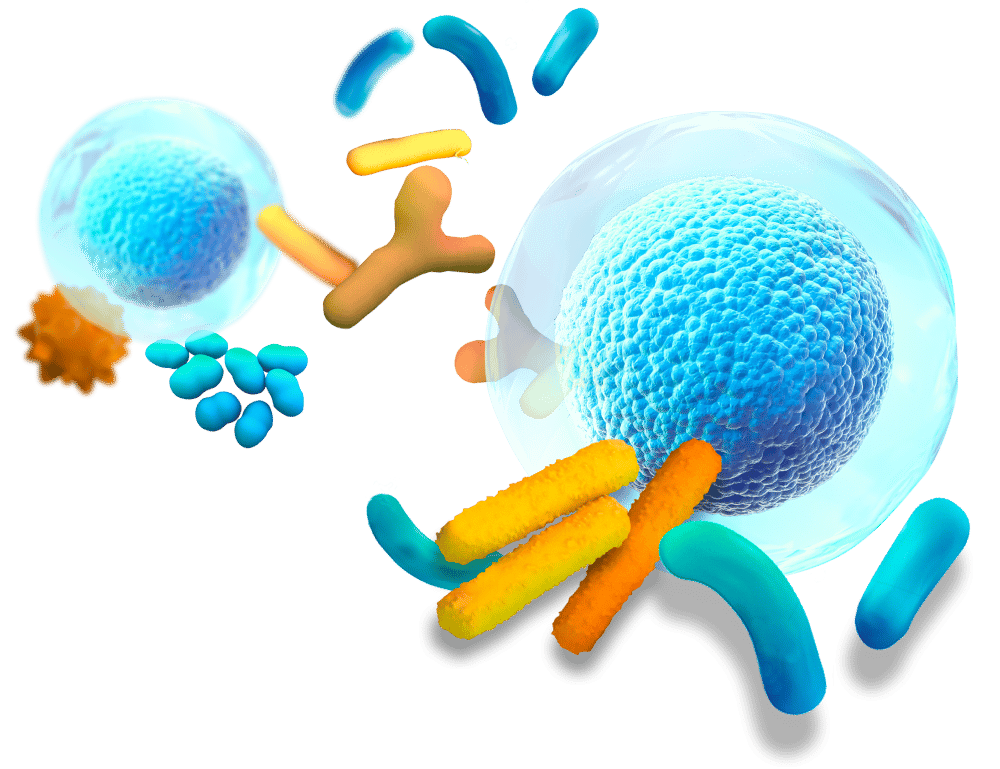
In vitro models: research tools for gut-organ interactions
In vitro models play a vital role in scientific research, offering controlled environments to study biological processes outside living organisms. At Enterosys, we specialize in complex in vitro models, focusing on gut and organ interactions. This allows us to provide a distinctive and highly effective approach to understanding the complex relationships between the gut and other systems within the organism.
What are in vitro models?
In vitro research models are experimental systems used to study biological cells, tissues, or organs outside their natural biological environment. Unlike in vivo models, which involve studying these processes within a living organism, in vitro experiments provide a controlled setting that enables precise manipulation and observation of specific variables. This control makes them invaluable for experiments requiring isolation from the complex interactions found in whole organisms.
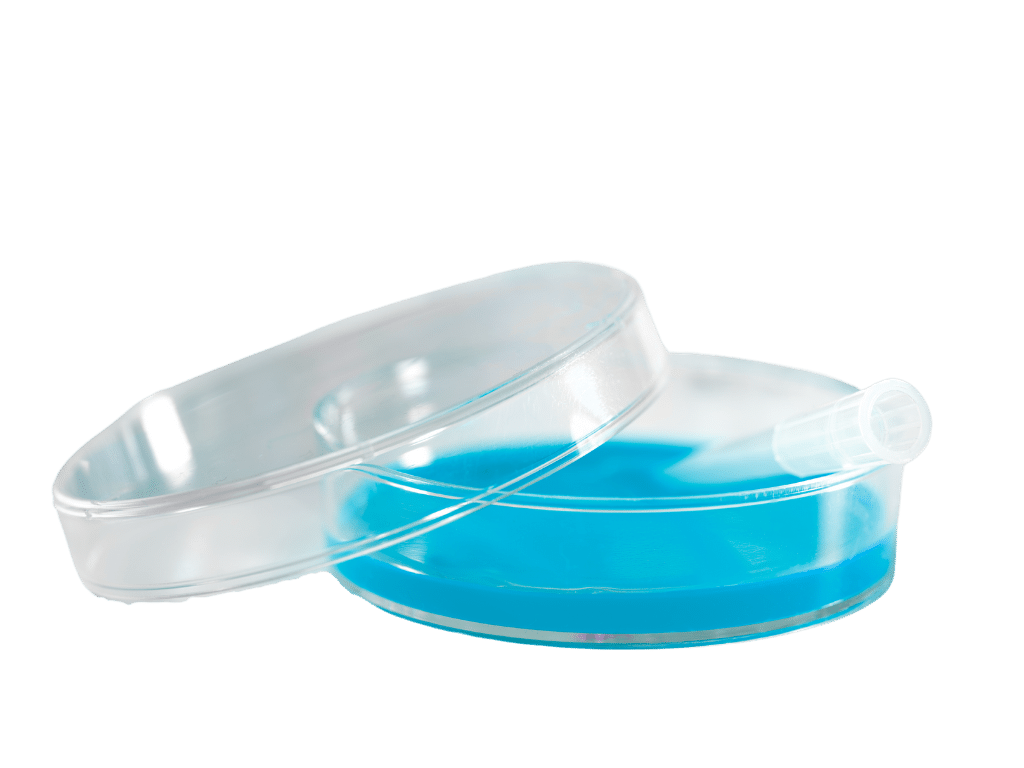
Understanding in vitro model systems
In vitro model systems simulate the environment of living tissues, allowing researchers to establish causal link between different stimuli and cellular answers. By isolating these tissues from the complexities of a whole organism, researchers can gain valuable insights into specific interactions and underlying mechanisms of action of compounds.
Benefits of in vitro models
Using in vitro models presents several advantages:
- Controlled Environment: Researchers can precisely manipulate specific variables, observing outcomes without interference from other systems.
- Ethical Benefits: In vitro testing reduces reliance on animal models, addressing ethical concerns commonly associated with research.
- Cost-Effectiveness: These models are often more affordable and quicker to establish compared to in vivo studies.
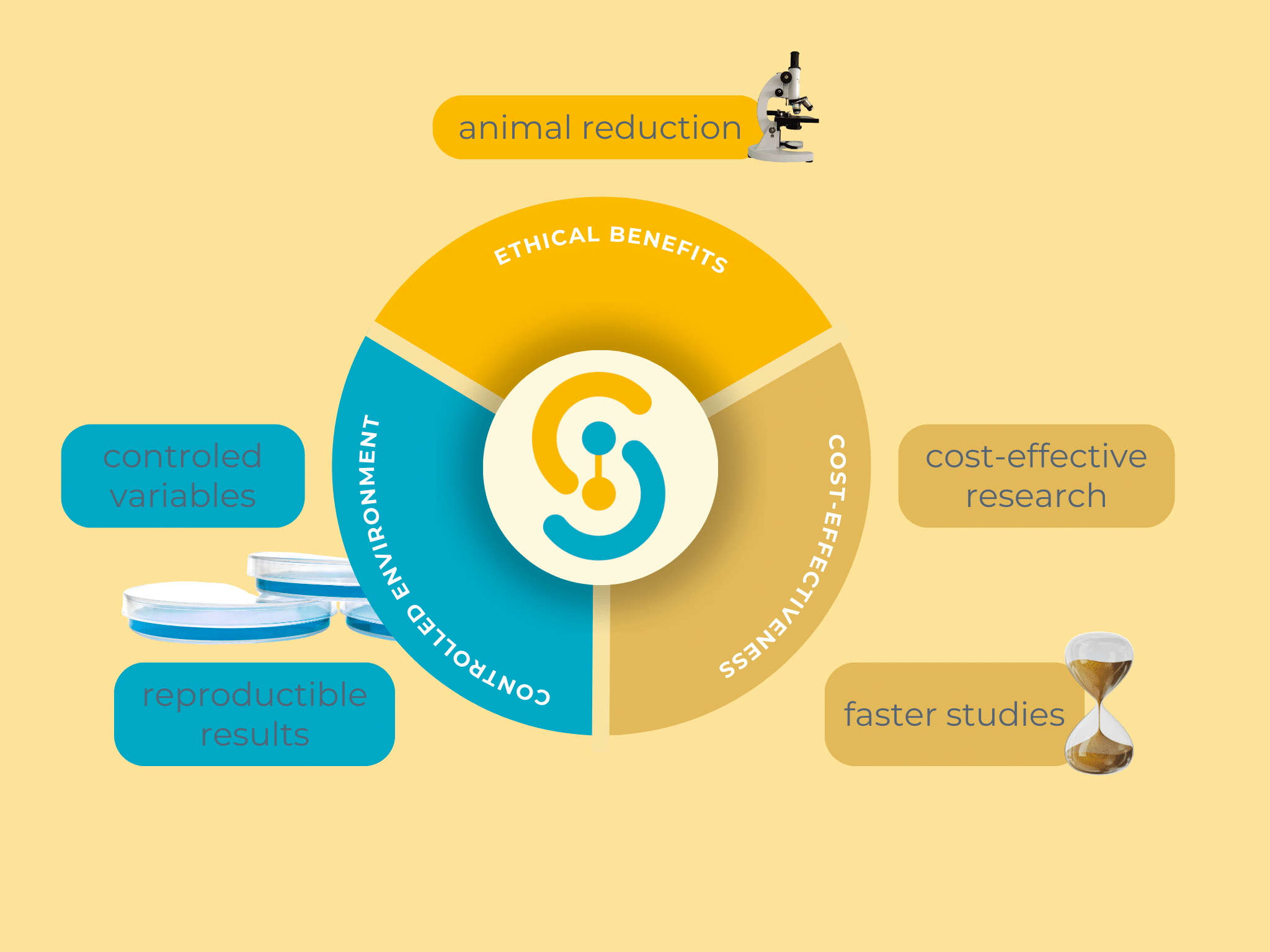
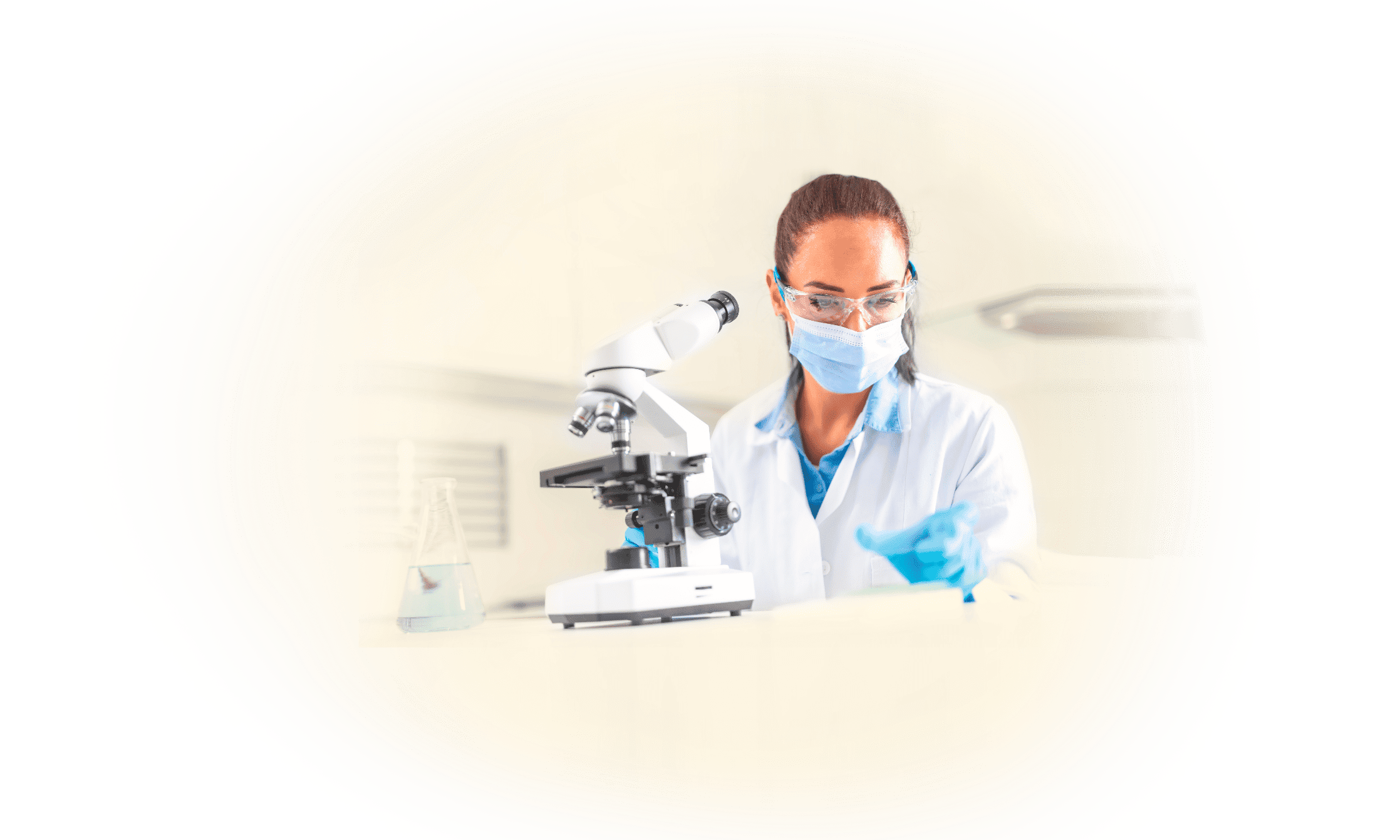
Why Choose Enterosys for Complex In Vitro Models?
At Enterosys, our in vitro systems are especially useful for studying the gut and its interactions with peripheral organs. We provide tailored solutions designed to meet the unique requirements of your research.
specialization in gut-organ interactions
Our expertise lies in developing sophisticated in vitro platforms that replicate the gut’s complex environment and its interactions with various organs. This specialization enables us to deliver highly relevant data for research into metabolic, gastrointestinal, neurodegenerative, and dermatological disorders.
high-quality and reliable results
At Enterosys, we provide high-quality, reproducible results. Our in vitro systems undergo rigorous validation to ensure that the data you receive is both accurate and reliable, empowering you to valorize your compounds with scientifical probs.
customized in vitro solutions
At Enterosys, we recognize that every research project is unique. That’s why we offer customized in vitro model systems designed to meet your specific objectives. Whether you’re testing new pharmaceuticals, nutraceuticals, food and feed products, or dermocosmetics, our models can be adapted to suit your requirements.
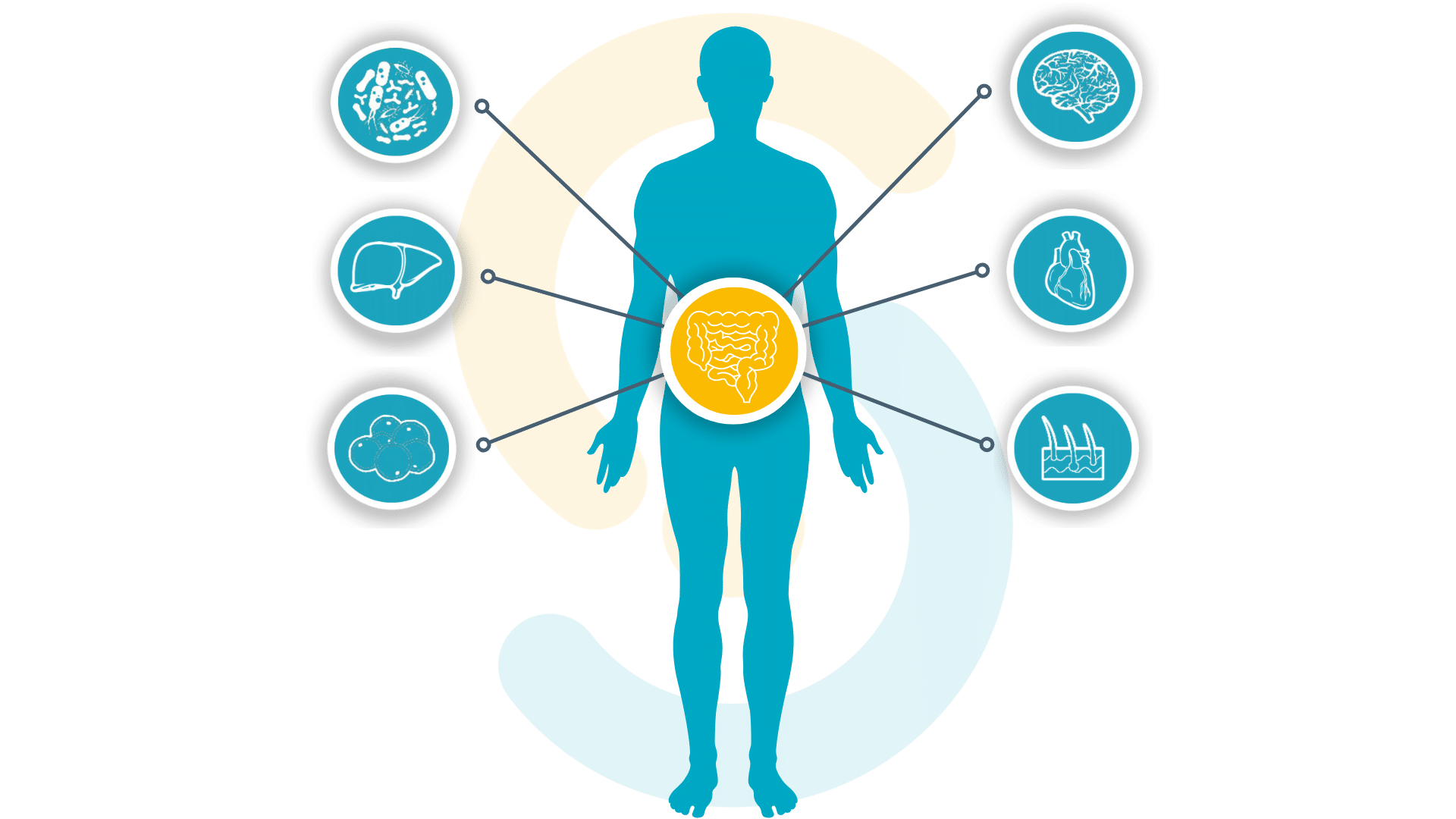
Applications of Enterosys’s In Vitro Model Systems
Enterosys offers advanced experimental systems that are crucial for investigating complex biological interactions where direct observation in living organisms proves challenging. Our models provide a versatile and controlled environment for studying various physiological processes, fostering innovative research across multiple fields.
Click on the organ axis to find the preclinical models you need !

Gut microbiota and gastrointestinal disorder research
Understanding the relationship between gut microbiota and gastrointestinal health is essential for addressing gastrointestinal disorders. At Enterosys, we provide models that closely replicate the gut environment, enabling detailed research into these interactions:
- Co-culture of Intestinal Epithelial & Immune Cells: This in vitro model focuses on immune response and inflammation.
- 2D Intestinal Epithelial Cells: Simplifies the study of absorption and permeability.
- 3D Epithelial Tissues: Offers a more realistic model of the gut barrier for in-depth research.
- Enteroendocrine Cells: allows to study incretin release and its impact on satiety and eating behavior.
Additionally, we conduct active compound fermentation tests to simulate how the microbiota processes compounds before absorption, bringing us even closer to the physiological situation.
These in vitro models support investigations into key aspects such as cell viability, cytotoxicity, antioxidant capacity, immunomodulation, permeability, gut barrier function, absorption, as well as cell renewal and differentiation.

Gut-brain connection in neurodegenerative disease research
The gut-brain axis is increasingly recognized for its crucial role in neurodegenerative disorders, impacting processes like neuroinflammation and neuronal health. Enterosys offers advanced experimental models specifically designed to replicate the communication pathways between the gut and brain, providing unique insights into how gut health influences neurodegenerative processes and vice versa.
Our upcoming in vitro model will focus on studying essential aspects such as cell viability, neurotoxicity, antioxidant capacity, and neuroinflammation.

Gut-Adipose communication and metabolic regulation
The gut-adipose axis plays a key role in regulating metabolism, influencing lipid storage, energy balance, and inflammation. Enterosys, offers complex in vitro models to study these important interactions.
Our 2D Adipocytes Model focuses on lipid metabolism, cell viability, antioxidant capacity, immunomodulation, and cell differentiation within adipose tissue exposed to gut-derived metabolites.
These in vitro models provide a comprehensive analysis of gut-adipose interactions, offering critical insights into metabolic disorders and their underlying mechanisms.

Gut-Liver interactions and metabolic studies
The gut-liver axis is a crucial regulatory pathway in metabolism, where the exchange of metabolites, microbial products, and signalling molecules between the gut and liver plays a direct role in maintaining metabolic homeostasis and hepatic function. Disruptions in this bidirectional communication can contribute to the development of metabolic disorders, including non-alcoholic fatty liver disease (NAFLD/MASLD), Type 2 diabetes, and other liver-related conditions.
Advanced cell culture, such as the 2D hepatocyte in vitro model system, allow researchers to explore critical aspects of liver health.
These in vitro models enable the examination of cell viability, cytotoxicity, antioxidant capacity, and immunomodulation, while also offering detailed insights into enzyme activity, lipid metabolism and accumulation, glucose metabolism, and detoxification processes. By simulating the liver’s response to gut-derived factors, this model provides valuable data on the mechanisms underlying metabolic diseases and potential therapeutic strategies. Understanding what in vitro models can achieve helps advance research across various domains.

Gut-Skin dynamics in dermatological studies
The gut-skin axis plays a crucial role in understanding the connection between gut health and dermatological disorders. At Enterosys, our complex in vitro models are specifically designed to investigate this relationship, focusing on how gut-derived factors impact skin health.
Our 2D Keratinocyte Model allows targeted research into cell viability, antioxidant responses, and immunomodulation in skin cells, offering a comprehensive view of gut-skin interactions.

Gut-Cardiovascular axis in cardiometabolic research
The gut-cardiovascular axis plays a crucial role in understanding the link between gut health and cardiovascular disorders, including atherosclerosis and hypertension. Enterosys offers specialised cell culture to explore this intricate relationship, focusing on how gut-derived factors influence vascular function.
Our 2D Endothelial Cell Model are designed to study critical parameters such as cell viability, cytotoxicity, antioxidant capacity, immunomodulation, and vascular permeability. It offers valuable insights into how changes in the gut environment impact endothelial health and contribute to the development of cardiovascular diseases.

In vitro models testing: what Enterosys offers
Thanks to our expertise, Enterosys offers a range of complex in vitro models designed to explore the vital connections between the gut and various systems, including the brain, skin, cardiovascular, and more. Our tailored in vitro model systems provide valuable insights into key physiological processes, helping advance research in fields such as neurodegenerative diseases, dermatological conditions, metabolic disorders, and cardiovascular health.
If you are ready to enhance your research with our innovative solutions, contact us today by visiting our contact form to discuss how our in vitro models can support your specific needs.
White paper ENTEROSYS
« GUT IS THE LINK »
Our first white paper is now available !
Get inside the head of our co-founder Claude Knauf.
Come discover his background, his key dates, how he got the gut feeling and the link between enteric neurons and glycemic control as well as other health related areas.

Do you have a question about the contribution of gut models in your innovative research ?
Our team of experts will be delighted to answer all of your questions. We guide you in the design of an optimized protocol to meet your objectives and add value to your molecules with quick and concrete solutions.